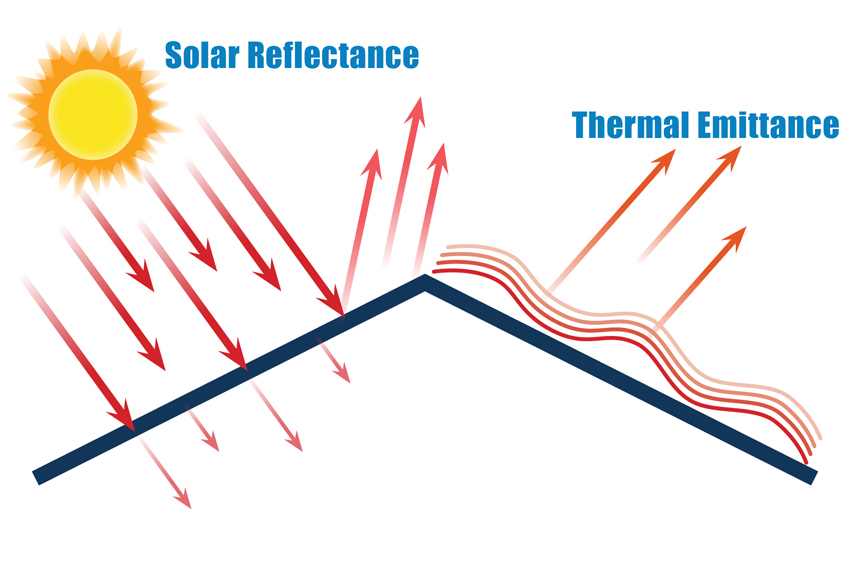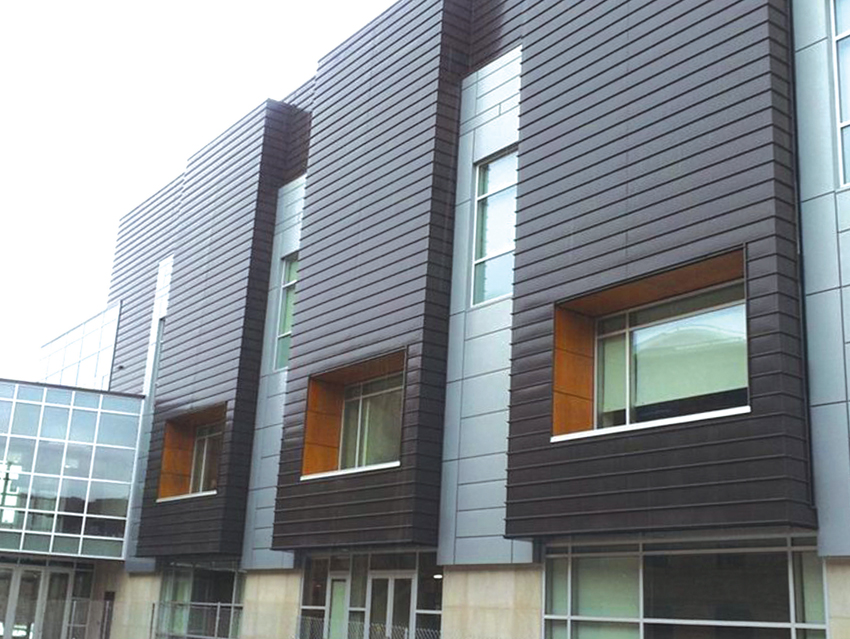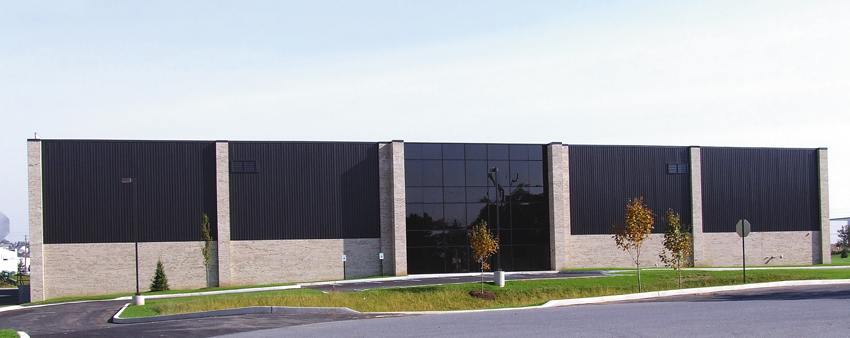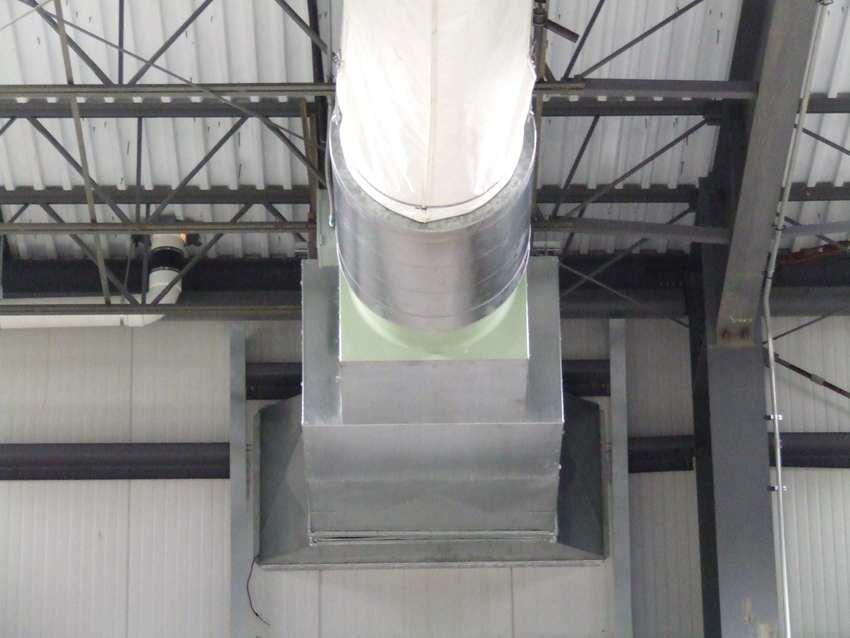Innovative Technologies for Sustainable Building Envelopes
It is likely the use of transpired solar collectors will eventually be a common building system feature. According to the NREL report, “The future will likely see increased use of transpired collectors in the federal and private sectors. The biggest hurdle the technology must overcome is user acceptance. Many solar technologies have been stigmatized by the rapid expansion of solar markets in the 1970s, when many poorly designed and poorly performing systems were deployed. Many potential users are reluctant to commit to a solar technology if a proven conventional option is available. Transpired collector technology has been proven to be valid and reliable for reducing energy use and saving money, and the body of scientific data proving its effectiveness continues to grow.”
The report continues: “Transpired collectors are among the most efficient solar collectors available, converting 65–75 percent of the available solar energy. “
Cutting-Edge Cool Roof and Wall Technologies for Cooling Climates
Benefits and features of cool metal roofing include:
- Energy efficiency
- Sustainability
- Low life-cycle costs
- Durability
- Fire and wind resistance
- Light weight
Science Behind Cool Roofs: Solar Reflectance, Absorption, and Emittance
When sunlight strikes a surface, in terms of energy, there are three outcomes as follows.

The science behind cool roofs must begin with a discussion on solar reflectance, absorption, and thermal emittance.
Solar reflectance: Some solar energy will immediately reflect off of the surface. This is expressed as a decimal, 0.65, meaning that 65 percent of solar radiation is immediately reflected.
Absorption: The energy that is not reflected will be absorbed by the material, causing it to heat up. Some heat can be removed by airflow over the surface, as with the use of above-sheathing ventilation (discussed later in the article). Some heat will be conducted through the roof surface into the building.
Thermal emittance: This is expressed as a decimal, such as 0.90. Thermal emittance refers to the percent of absorbed energy that is emitted as thermal infrared (IR) energy into the night air. Materials with high thermal emittance cool down faster than those with low thermal emittance.
Solar Reflectance Index
It is the combination of solar reflectance and thermal emittance that determines the surface temperature of a roof and its ability to be a “cool roof.”
The solar reflectance index (SRI) is calculated using values for solar reflectance and emissivity. The SRI allows us to compare the ability of a material to reject solar heat. Here are the calculations:
- Standard black with a reflectance of 0.05 and emittance of 0.90 = 0 SRI
- Standard white with a reflectance of 0.80 and emittance of 0.90 = 100 SRI
The SRI can be calculated by interpolating between the values for white and black. Materials with the highest SRI values are the coolest choices for a metal roof.
Painted Metal Roofs/Unpainted Metal Roofs
Roofs that are highly reflective and highly emissive, such as pre-painted metal with appropriate colors, offer a system that significantly reduces heat gain into the building.
When evaluating the cooling potential for painted metal, reflectance depends on two factors: color and pigmentation.
- Color: Light colors reflect more heat than dark colors; dark colors absorb more heat than light colors.
- Pigmentation: This refers to the chemistry of the paint itself. Today’s pigments are designed to be highly reflective, and that applies to dark colors as well as light colors.
In warmer climates where cooling requirements dominate, a high reflectance and emittance is desirable, which can be met with a pre-painted metal roof using lighter colors and/or reflective pigmentation. For every 1 percent increment in roof reflectance, the surface temperature decreases 1 degree Fahrenheit. For every 10 percent increase in roof reflectance, heating and cooling costs drop 2 cents per square foot per year.
In cooler climates where heating dominates, it may still be desirable to reduce peak energy demands during the summer months with cool roofing technology. Heating penalties may be offset through above sheathing ventilation, to be discussed later in the article.













